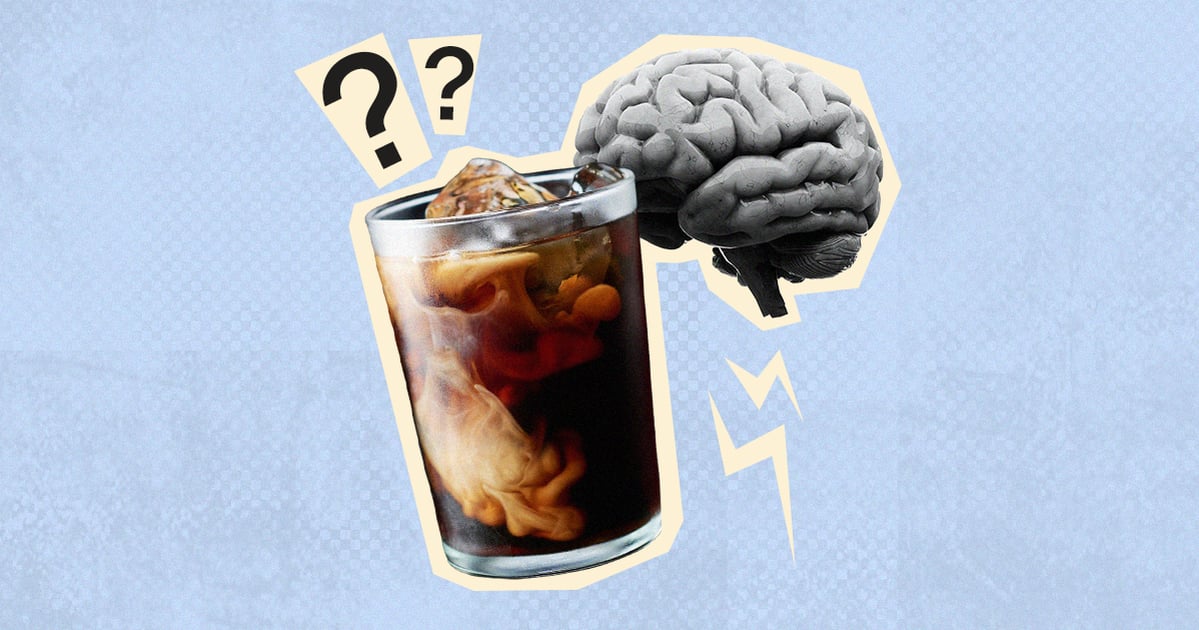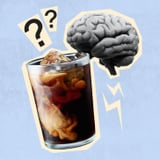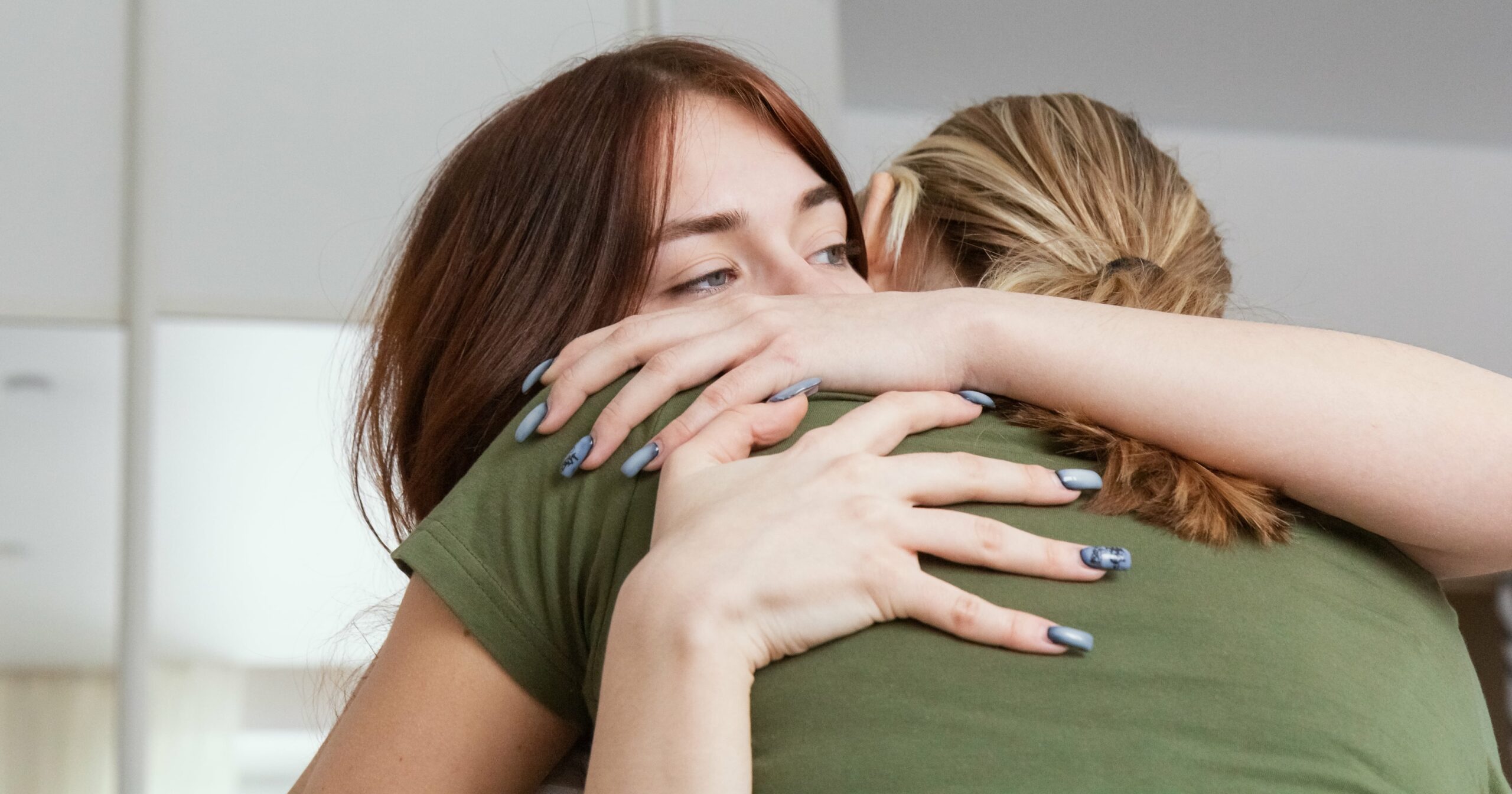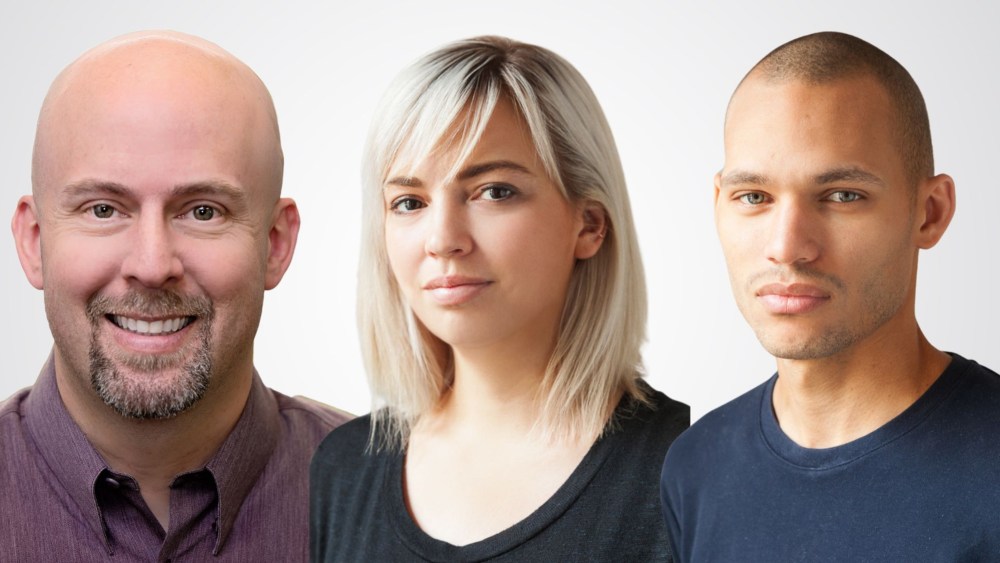Picture this: It’s cold, windy, maybe even freezing, and all you want is an iced coffee. Or, if you’re anything like me, you’re devoted to gripping a $7, condensation-ridden cold brew in every season. No days off. But why? What is it about iced coffee that inspires such a cultlike following?
First, let’s break down the differences between hot coffee, iced coffee, and cold brew. (Yes, there are major differences.) “Hot coffee is made by brewing coffee grounds with hot water, yielding a robust, aromatic beverage served at temperatures above 160 degrees Fahrenheit, while iced coffee starts as hot coffee but is then cooled and served over ice, which mellows its acidity and bitterness, providing a smoother taste,” says food and culinary scientist Jessica Gavin.
“Cold brew, on the other hand, involves steeping coffee grounds in cold water at room temperature or cooler for 16 to 20 hours, which prevents acidic and bitter compounds from fully dissolving, resulting in a rich, less acidic, less bitter brew with a naturally sweet flavor,” Gavin says. It’s also typically served over ice.
In other words, iced coffees have fewer bitter notes, making them more appealing and generally more satisfying to those with a sweeter taste preference, says coffee expert Johny Morrisson.
OK, but why does iced coffee have such a death grip on its loyal fans? It’s actually way deeper than you may think. Keep reading for the psychology of dedicated iced coffee drinkers – plus, why iced coffee is simply more satisfying than hot coffee, no matter the weather or time of year.
Experts Featured in This Article
Jessica Gavin is a food scientist, culinary scientist, and recipe developer.
Johny Morrisson is a coffee expert and former barista. He founded the blog Coffee About.
Deborah Gilman, PhD, is a psychologist, mediator, and coach.
The Psychology of Iced Coffee Drinkers
When it comes to the psychological side of iced coffee, a lot can be explained by humans’ inherent love of habit and routine, says psychologist Deborah Gilman, PhD. “As with many routines, once formed, it becomes ingrained, and if iced coffee is part of a daily ritual, one might stick with it out of habit,” she explains. “Routine provides a sense of stability in an otherwise unpredictable world, and knowing what to expect can make people feel more secure and less anxious.”
Your iced coffee routine may also give you a feeling of control, Dr. Gilman says. “Making the same choices every day reduces the number of decisions one has to make, and this saves mental energy for more important tasks and helps avoid decision fatigue,” she says. “When a behavior is repeated consistently, it becomes a habit, and habits are automatic actions that require little conscious thought, making life easier and smoother.”
What’s more, research published in the Cureus Journal of Medical Science in 2021 found that caffeine in hot or cold coffee may influence “feel good” neurotransmitters in the brain by stimulating the central nervous system, in turn enhancing mood, decreasing stress, and increasing feelings of pleasure, satisfaction, and motivation.
That said, Dr. Gilman points out that too much caffeine can increase anxiety and stress, so it’s best to have no more than 400 milligrams – about four or five cups – a day.
Why Is Iced Coffee More Satisfying Than Hot Coffee?
Technically speaking, when coffee is chilled, its acidic and bitter notes are toned down, resulting in a smoother flavor, Gavin says. “The cold temperature also suppresses TRPM5 channels, the temperature-sensitive proteins on our taste buds, reducing flavor perception, which makes iced coffee popular for those who are sensitive to coffee’s natural bitterness and acidity,” she explains.
On the flip side, hot coffee served above 160 degrees offers a stronger, more complex, and bitter taste, Gavin says. “The higher temperature opens up TRPM5 channels, heightening sensitivity and intensifying the overall flavor, which might not suit everyone,” she explains. So, for those seeking a refreshing caffeinated drink without a lingering bitter taste, iced coffee is likely a better choice.
The crispness of iced coffee is also refreshing, which makes it craveable, Gavin says. “Even in cold weather, the chilly beverage paired with the jolt from the caffeine can make people feel more alert and refreshed, whereas a hot beverage can make you more relaxed.”
Plus, iced coffee racks up points for convenience, says Morrisson. Not only is it simple to make at home or buy pre-bottled, but the tall, lidded cups from cafés make iced coffee portable and easy for drinking on the go, without the risk of burning your mouth or spilling hot liquid, he explains.
Let’s not forget there’s also an element of trend that comes into play with iced coffee, which may or may not factor into satisfaction. “Beyond the taste factors, iced coffee offers a lifestyle appeal that resonates with younger consumers, and major chains like Starbucks have helped propel iced coffee into a cultural phenomenon through buzzy seasonal offerings and trendy flavored lattes,” Morrisson says.
And these iced pumpkin spice lattes and brown-butter shaken espressos of the world are more like a sweet treat compared to their hot counterparts. “They can be dressed up with creamers, whipped cream, caramel, chocolate, and so much more, so it tastes like an indulgent coffee milkshake,” Morrisson says. (They’re also more photogenic, TBH.) “With so many opportunities to share innovative concoctions on Instagram and TikTok, a pretty iced coffee has a huge marketing pull that hot drinks can’t match visually.”
All that said, there’s nothing wrong with swearing by a warm bev. All coffee die-hards have their preferences. But if your loyalty stands with iced coffee . . . join the club.
Andi Breitowich is a Chicago-based freelance writer and graduate from Emory University and Northwestern University’s Medill School of Journalism. Her work has appeared in PS, Women’s Health, Cosmopolitan, and elsewhere.




